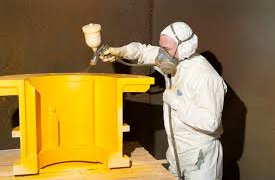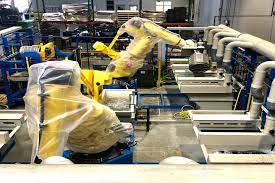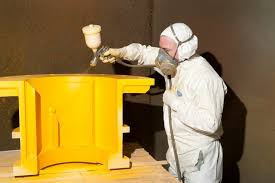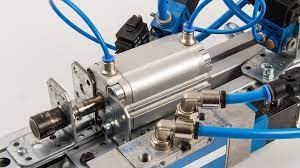Surface technology, or surface engineering, is a branch of materials science, with applications in chemistry, mechanical engineering, and electrical engineering and as such has an important role to play in manufaturing. Solids, such as metals, have two main phases: the bulk material, and the surface phase, which acts as an interface to the environment. This surface layer is vulnerable to the environment’s effects, including wear, corrosion, fatigue, and creep. Luckily, surface technology can help to protect the material against these effects, often through the use of specially designed coatings. For example, find out more about Thermal Plasma Spray coatings by visiting a site like www.poeton.co.uk/advanced-treatments/apticote-800-thermal-plasma-spray/
Surface preparation is the process of treating the surface of a substrate before applying a coating or lining. This process removes loose parts of the surface and contaminants. It can also make a surface more durable. The primary objective of surface preparation is to increase the performance of a product. In addition, it increases its lifespan.
Many cutting edge surface technology companies started life as plating shops and went on to pioneer new coating solutions, developing their own coating chemicals for internal use and selling them to other coating shops around the world. Today, surface technology is a leading manufacturer of composite electroless coatings, for example.
The role of surface technology in manufacturing continues to grow. The aerospace sector, semiconductor industry, and precision engineering sectors all participate in the Surface Technology Expo. Companies are continuously investing in manufacturing and expertise, and this will help ensure that the quality of products increases. This is important because the future of manufacturing depends on the advancement of surface technology.
The ability to tailor materials is an important advantage of additive manufacturing and surface technology. The process of additive manufacturing is a great way to create lightweight components and individual products. In addition, this technology is now accessible to anyone. Eventually, it will enter industrial production. Aside from improving surface properties, surface activation and lacquering technologies can improve products by introducing extra functions and features.
One of the most recent technologies to develop is that of surface technology composite diamond coating, a process that combines fine diamond particles with metals, has numerous applications in various industries. It helps improve the hardness, wear resistance, and heat transfer properties of materials. It is especially useful in gear applications, where friction can be a big issue.












+ There are no comments
Add yours